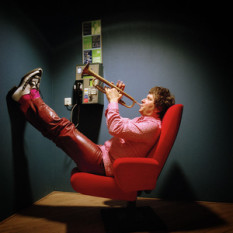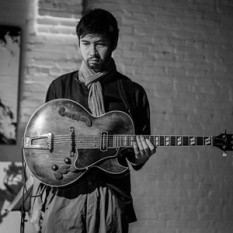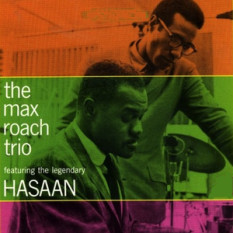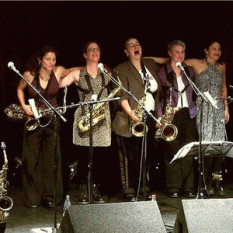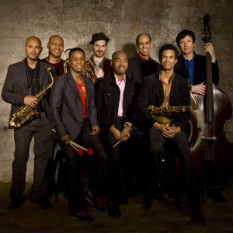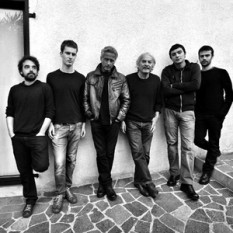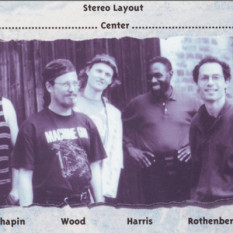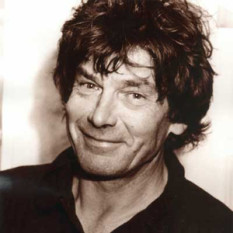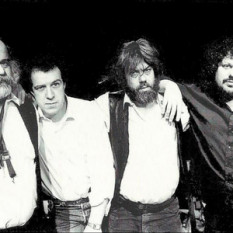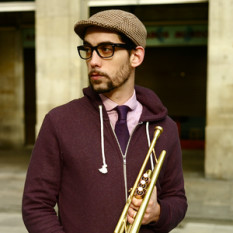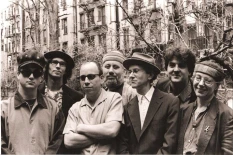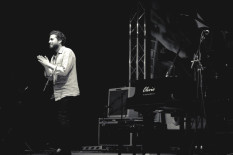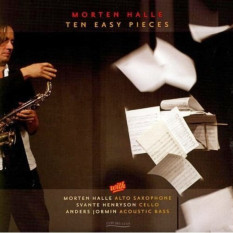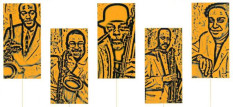Modern Creative is a style of Experimental and improvisational music that grew from and is closely related to Free Jazz and Free Improvisation, as well as certain Modern Classical styles such as Indeterminacy. Where free jazz structures its improvisations with elements derived from the Jazz idiom and free improvisation tends to abandon structure entirely, Modern Creative music creates novel communication techniques, scoring methods, or any other type of concept to generate structure. Its sound can be highly varied, but, overall, the music commonly features a mix of jazz instrumentation (saxophones, piano, drum kit) and western classical instrumentation (bowed string instruments, low brass), arranged in configurations uncommon to both jazz and Western classical idioms. The genre's combination of Western classical and jazz idioms founded in improvisation can be likened to an experimental cousin of Third Stream, and often includes similar techniques to those that Lawrence Butch Morris created for Conducted Improvisation, as the two genres evolved side by side.
In 1965, Association for the Advancement of Creative Musicians was founded. This organization, commonly known as AACM, served as one of the primary foundations and namesake of Modern Creative, as this was where most of the original pioneers of the genre, such as Art Ensemble of Chicago, Anthony Braxton, Wadada Leo Smith and George Lewis, met and learned together. People from outside of the AACM also began making their own approximations of the creative music style shortly thereafter, such as Bill Dixon, Henry Threadgill, William Parker, Jacques Coursil or Alan Silva, which then expanded the genre from a scene with a unique sound to a genre that improvisers all around the United States and Europe created.
It was first Braxton who dubbed the new style of music they'd developed "creative music," as he disagreed with the public calling him a jazz musician. This new style was neither modern classical nor Avant-Garde Jazz but included some compositional and technical elements of both, as well as the constant presence of free improvisation. Modern Creative music does away with the primary inspiration for the free jazz of the 60s, that being Bebop. Braxton's music drew inspiration from the indeterminacy of John Cage and employed what he called "language music," specific concepts that tethered the improvisation to a certain sound to have a more identifiable structure. In 1969, Braxton released For Alto, a set of semi-composed improvisations that he used to showcase his use of the language music concepts in action on alto saxophone. Since the album employed some jazz techniques and licks while primarily being outside of the scope of free jazz, it's a good portrayal of Modern Creative at its most simple. Other Modern Creative musicians also employed Electronic techniques, like George Lewis, and created dissonant and technical compositions that allowed improvisation with extended techniques.
Following the initial explosion of the genre, in the 1970s, institutions like the Creative Music Studio, as well as the AACM School of Music were formed, where the initial members of the AACM taught younger musicians like Matana Roberts to help future generations carry on the torch, as well as nurture talent, so they're able to realize their potential fully. Those initial artists also helped uplift contemporary creative musicians such as Tyshawn Sorey or Marilyn Crispell through collaboration. .

